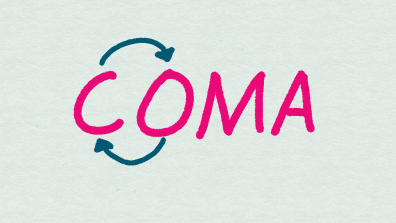
Contextualising COMA for Vanuatu: Part 2 (background here)
When we use COMA in its original setting (western evangelical), we do “C” context before “O” observation, which makes sense because that is the logical conceptual order. We need to think about where a passage is in the bigger picture before we hone in and analyze it. We also can’t help coming to a text with some sense of the context. If it is an article in a newspaper we might notice which paper it is in and in which section.
However, in reality there is a kind of cyclic relationship between context and content when it comes to a Bible passage. Just as context helps us to understand the contents, so too what is in the passage helps us to think about what of all the possible context is relevant and enlightening.
This tension is solved with good readers by reading through the passage before thinking about the context and then coming back in ‘observe’ to take a better look at the passage. However, I wonder with people who are not such good readers, whether they need to spend more time observing the passage before they have enough clues to think about what of the bigger picture is relevant and helpful. They would then combine the insights of what they gained by looking into the passage with the insight gained from thinking about the big picture, to come up with the meaning.
So the question is: In a contextualized version of COMA for Vanuatu, which should come first, context or observation?
Your thoughts?
